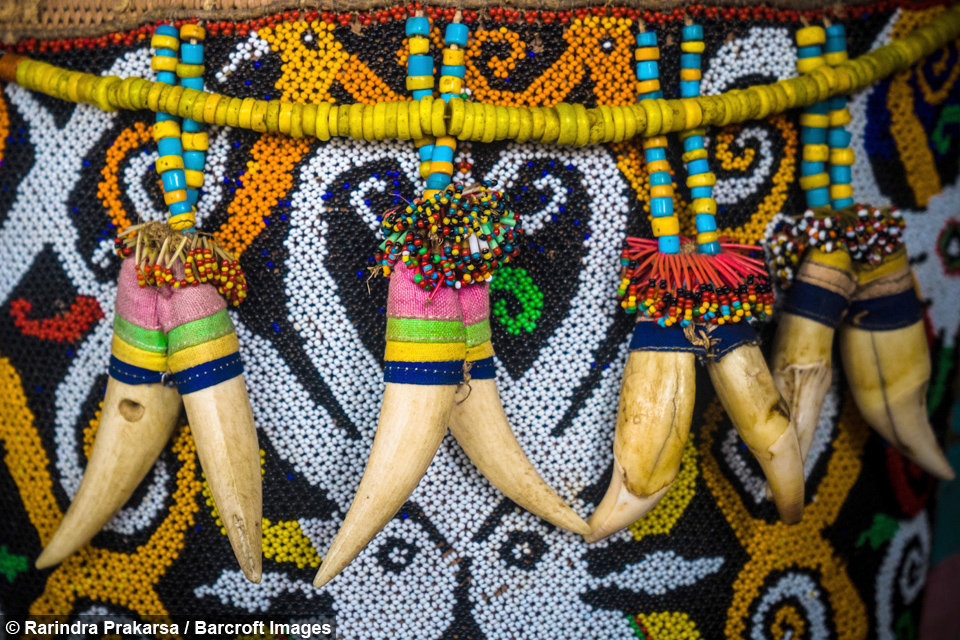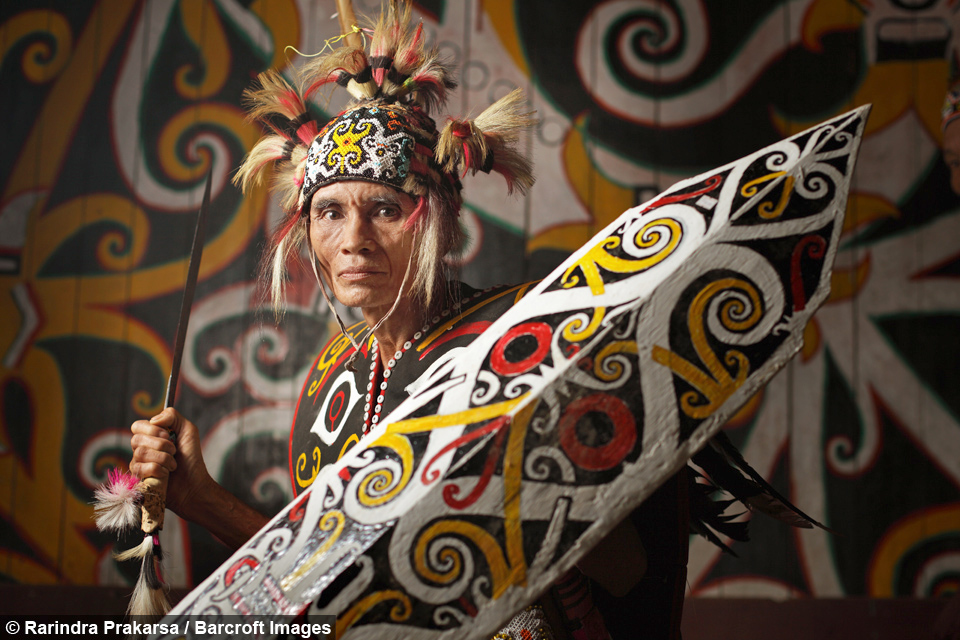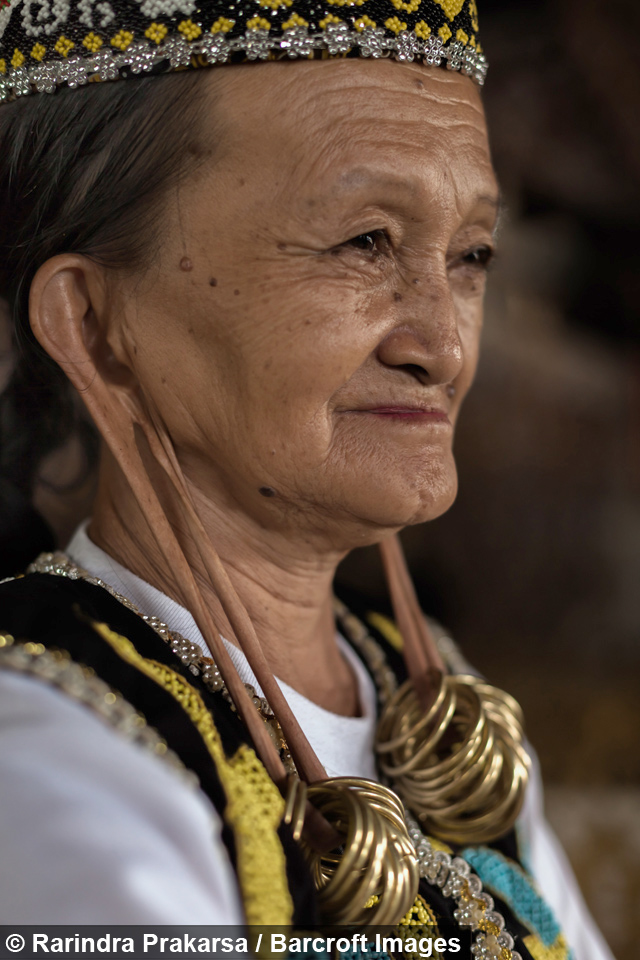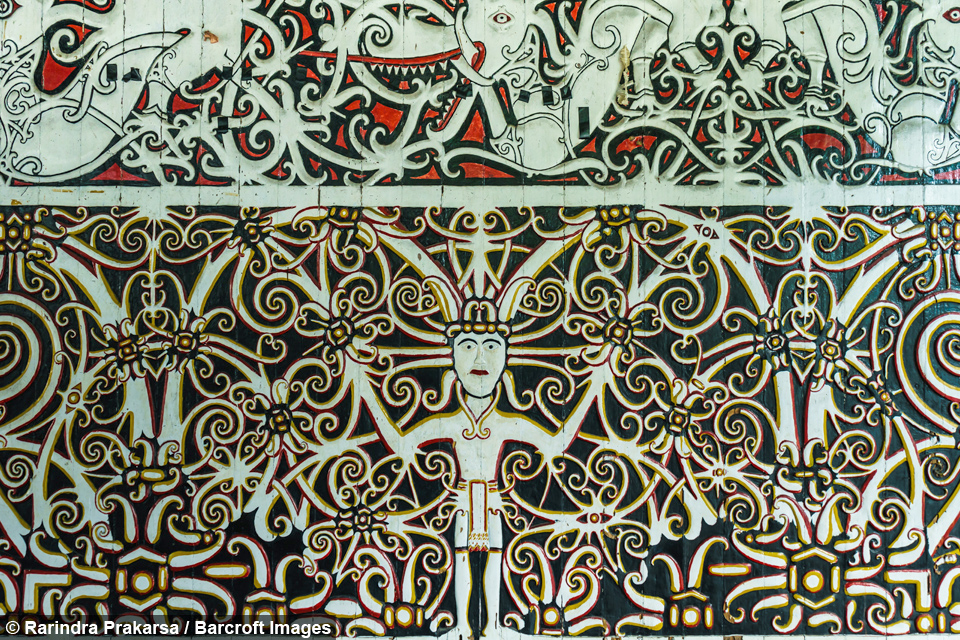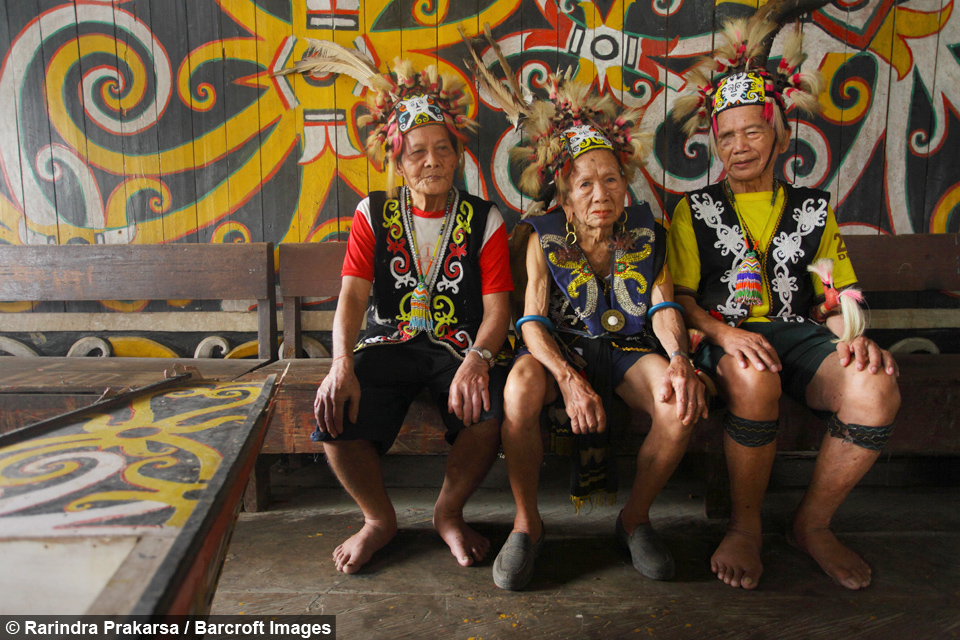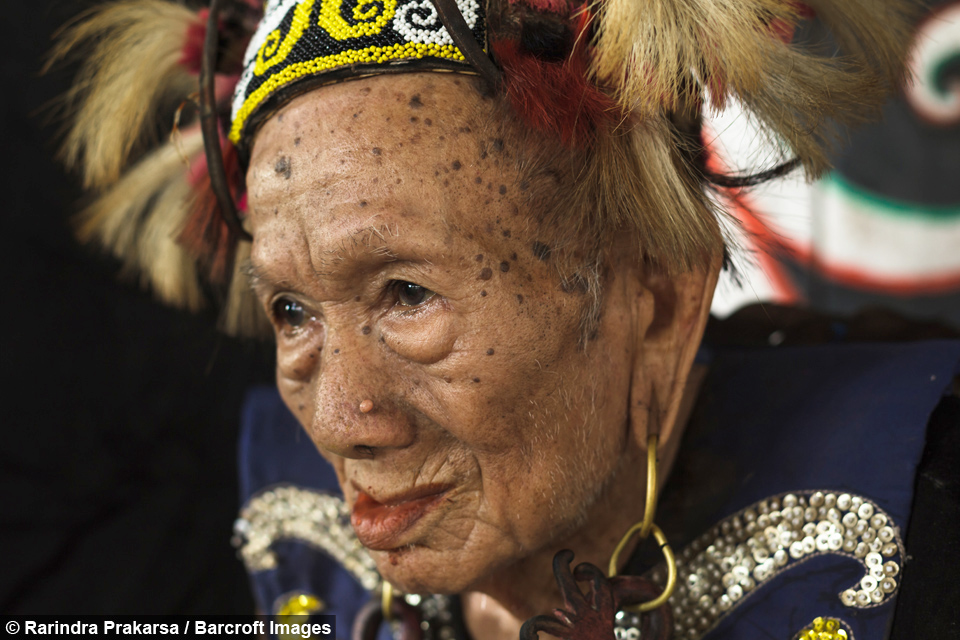Keeping tradition alive: Dayak tribe elders fight to preserve customs
By Bunmi Adigun @Bunmi_Adigun
Scroll down for the full story
Taken in the Indonesian territory of Borneo, the powerful images capture the lives of the country’s indigenous people.
Known as the Dayak, a term used to describe the indigenous people in the region, the snaps help to show how the older generation are trying to keep their culture alive through dance and other symbolic traditions such as elongated earlobes.
Shot over a five-year period by Indonesian photographer Rarindra Prakarsa, 43, each picture shows the efforts the older generation are taking in the hopes of passing down their rich history and customs to the modern day Dayak people.
Practices such as elongated earlobes, are fast dying out among the younger generation as they strive to fit into the modern world.
The Indonesian photographer said: “This tradition may disappear in a few years. One hundred years ago ladies with long earlobes were considered beautiful. But now only old ladies keep the tradition.”
Rarindra was lucky enough to get an uninhibited view into the lives of the modern-day Dayak who, up to the 19th century, were synonymous for collecting the heads of their fallen enemies.
The Dutch abolished the practice of head-hunting after they colonised Indonesia and spread Christianity to the region.
Some of the Dayak people still live in the houses built by their ancestors during this period, which would have been home to at least 100 family members.
The Indonesian native was treated to a Dayak dance during his numerous visits to the island.
He said: “Most of the dances are based on their interaction with animals, particularly birds. Some dances are about war.”
The professional photographer revealed his motivation behind the snaps.
He said: “I wanted to show the last generation of Dayak people who have inherited the original culture of the Dayaks - and the new generation who are trying to keep the culture alive.”
